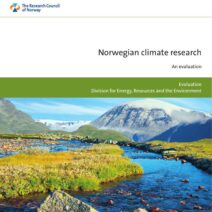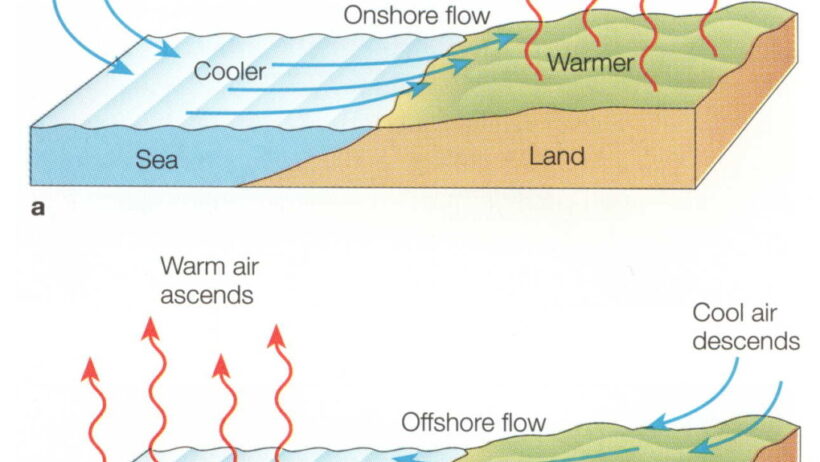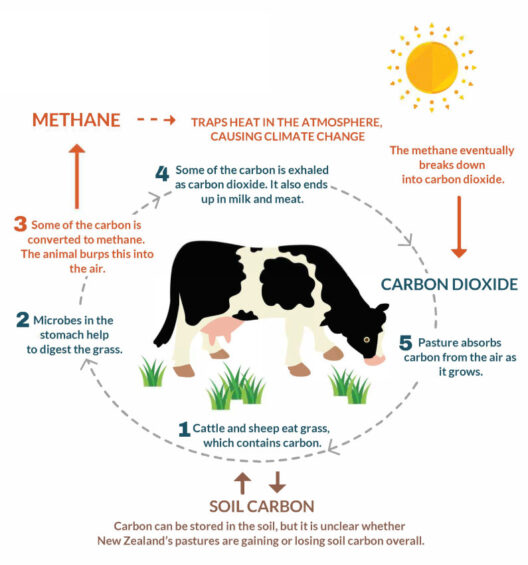As the world grapples with the complexities of climate change, one pressing concern looms over our oceans: marine biodiversity is undergoing unprecedented shifts. Imagine for a moment a vibrant coral reef, teeming with life, now fading into a dull, desolate landscape. What does this mean for the intricate web of life that depends on these ecosystems? This article delves into the ramifications of climate change on our oceans, exploring the shifting biodiversity and the challenges we face in conserving our marine environments.
Climate change is not merely an abstract concept; it is a visceral reality affecting ecosystems worldwide. As atmospheric temperatures rise, so too do ocean temperatures, leading to thermal stress for marine organisms. One of the most immediate consequences is coral bleaching. When stressed by warmer waters, corals expel the symbiotic algae living in their tissues, which provide them with essential nutrients and their vibrant colors. Without these algae, corals turn white and become susceptible to disease, ultimately leading to their death. This phenomenon has reached alarming levels, with scientists estimating that more than 50% of the world’s coral reefs are already gone or are at risk of disappearing in the near future.
The ramifications of coral loss extend far beyond the reefs themselves. Coral ecosystems provide habitat and refuge for an array of marine species, from the smallest clownfish to larger predatory species. The degradation of these ecosystems threatens food security for millions of people reliant on fish as a primary protein source. With coral reefs in decline, a cascade of effects reverberates through the marine food web, illustrating the interconnected nature of ocean life.
Another factor contributing to changes in marine biodiversity is ocean acidification, a direct consequence of increased carbon dioxide (CO2) levels in the atmosphere. When CO2 dissolves in seawater, it reacts with water molecules to form carbonic acid, leading to lower pH levels in the ocean. This shift not only affects species like mollusks, which struggle to form their calcium carbonate shells, but also impacts the entire marine ecosystem. Fish, plankton, and other organisms that depend on calcifying organisms for habitat or food are indirectly affected, straining the balance within marine ecosystems.
As we observe these changes, we must acknowledge that the effects of climate change are not uniform across all marine environments. Certain species demonstrate remarkable adaptability to changing conditions. For instance, some fish species have been documented to alter their breeding cycles or expand their geographical ranges in response to warmer temperatures. However, this adaptability comes with limits. Not all species can migrate quickly enough to keep pace with changing conditions, leading to imbalances that favor some species over others. This can culminate in a homogenization of marine biodiversity, where common species proliferate at the expense of rare and specialized organisms.
As we chart the course for ocean conservation, we must confront the complexities of shifting marine biodiversity. The migration of species towards cooler waters is a response to climate change, but it creates additional challenges. Coastal communities that have relied on specific fish populations may find themselves confronting new dynamics. Fishermen may need to adapt their practices to target different species, which could lead to economic instability and cultural shifts in communities connected to traditional fishing practices. How do we balance the needs of these communities with the urgent necessity of conserving marine biodiversity?
Furthermore, the plight of marine mammals—often seen as indicators of ocean health—serves as a clarion call for action in the face of climate change. As sea ice diminishes, polar bears, seals, and other species reliant on stable ice habitats are experiencing severe population declines. The interplay between habitat loss, prey availability, and increased competition for dwindling resources is forcing these species into precarious situations. Should we ask, then, whether we are prepared to navigate the difficult waters that lie ahead for marine mammals and the ecosystems they inhabit?
Addressing these challenges necessitates a multi-faceted approach, combining scientific research, conservation efforts, and community engagement. Marine protected areas (MPAs) have emerged as a valuable tool in conserving biodiversity. By establishing zones where human activity is limited or regulated, MPAs allow ecosystems to recover and thrive. However, the effectiveness of these areas is contingent upon proper enforcement and management, taking into account the dynamic nature of marine environments.
Moreover, public awareness and advocacy play crucial roles in driving policies aimed at mitigating climate change and protecting marine biodiversity. Engaging communities in conservation efforts can foster a sense of stewardship and responsibility toward ocean health. Collaborative initiatives among governments, non-profit organizations, and local communities can empower collective action that resonates at both local and global scales.
As we reflect on the shifting tides of ocean biodiversity, it becomes clear that our actions today will determine the future of marine ecosystems. The playful question remains: are we prepared to face the challenges posed by climate change, or will we allow our oceans to descend into chaos? Now is the time to act with urgency and intent, as the fate of the oceans—and the myriad forms of life they support—hangs in the balance. Will we rise to the occasion, or will we let the aquatic world slip into extinction and irreparable change?
The stakes are high, but by fostering resilience in marine ecosystems and advocating for sustainable practices, we can navigate the challenges ahead. We possess the scientific understanding and the necessary tools to effect change. The question remains—how committed are we to protecting our oceans for generations to come?






